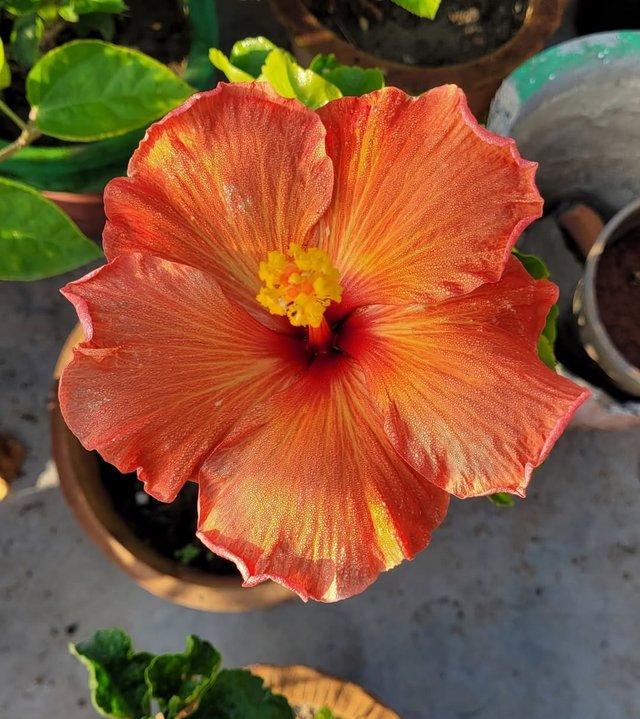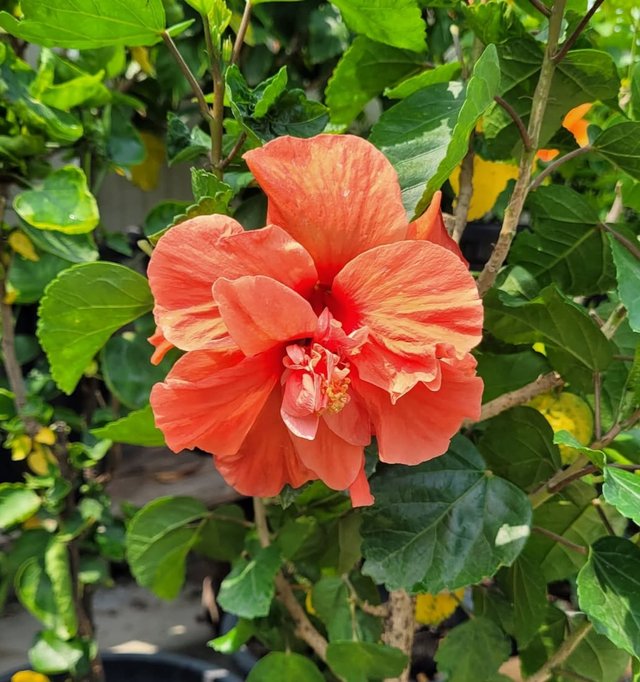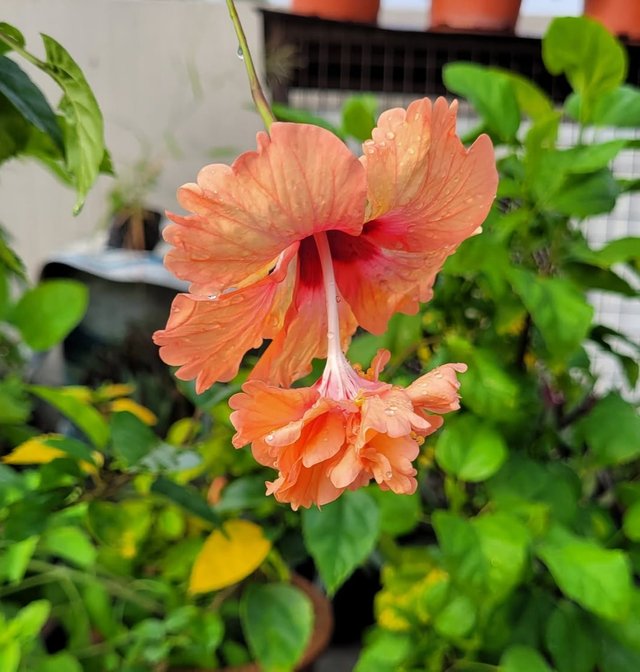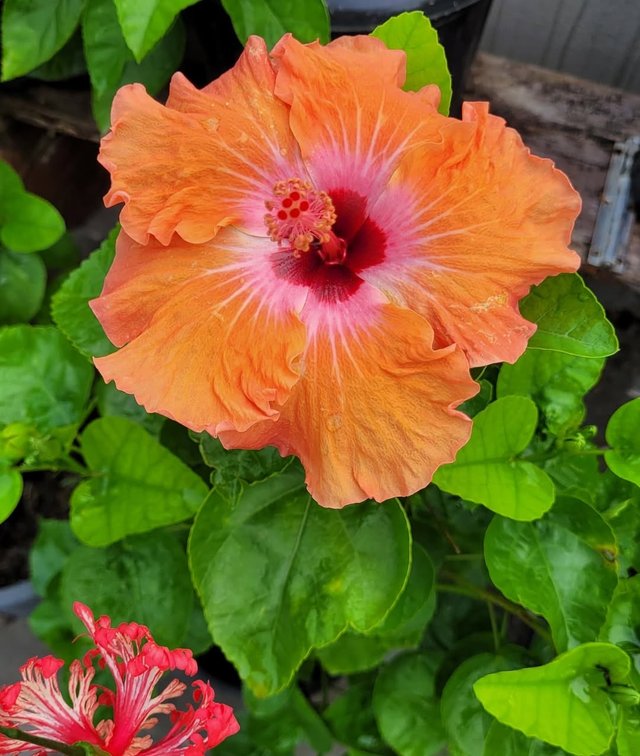Amazing Colour Hawaiian Hibiscus Flower
The Hawaiian hibiscus is one of the most iconic and beloved flowers in the world, known not only for its tropical beauty but also for its deep cultural significance. With its large, showy blossoms and striking colors, the hibiscus has become a universal symbol of the Hawaiian Islands, often associated with aloha, hospitality, and natural splendor. Scientifically, the Hawaiian hibiscus refers to several species within the genus Hibiscus, especially those native to Hawaii, such as Hibiscus brackenridgei, as well as popular ornamental varieties cultivated across the islands.
Origins and Species
Hawaii is home to seven native hibiscus species, six of which are endemic—meaning they are found nowhere else in the world. These include Hibiscus brackenridgei, Hibiscus arnottianus, and Hibiscus kokio, among others. Over the centuries, countless hybrids have also been developed, leading to the wide array of hibiscus varieties seen in Hawaiian gardens and leis today.
The yellow hibiscus holds a special place in Hawaiian identity, as it was designated the official state flower of Hawaii in 1988. Its bright golden petals reflect the sun and symbolize joy, warmth, and the spirit of the islands.
Appearance and Characteristics
Hawaiian hibiscus flowers are renowned for their large, trumpet-shaped blossoms, which can range in size from 4 to 10 inches across. The flowers come in an array of colors, including yellow, red, pink, orange, purple, and even multi-colored blends. Most hibiscus flowers bloom for just a single day, although the plant itself produces blossoms continuously in warm climates.
The hibiscus plant typically grows as a shrub or small tree, reaching heights of 3 to 15 feet depending on the species and growing conditions. It thrives in warm, sunny environments with well-drained soil, making it perfectly suited to Hawaii’s tropical climate.
Cultural and Symbolic Importance
In Hawaiian culture, the hibiscus is more than just a beautiful flower—it is a powerful symbol of hospitality, love, and femininity. Traditionally, women wear hibiscus blossoms in their hair:
Worn behind the right ear, it signifies that a woman is single and available.
Worn behind the left ear, it indicates that she is married or taken.
The hibiscus is also a prominent motif in Hawaiian art, clothing, and jewelry, often appearing in floral prints that represent island life. Its vibrant blossoms are commonly used in leis and ceremonial decorations, embodying the Hawaiian value of aloha—a spirit of kindness, compassion, and unity.
Thanks For Reading
Device Information
| Device | cannon eos 700D |
|---|---|
| Lens | 55-250 zoom leans |
| Location | Bangladesh |




